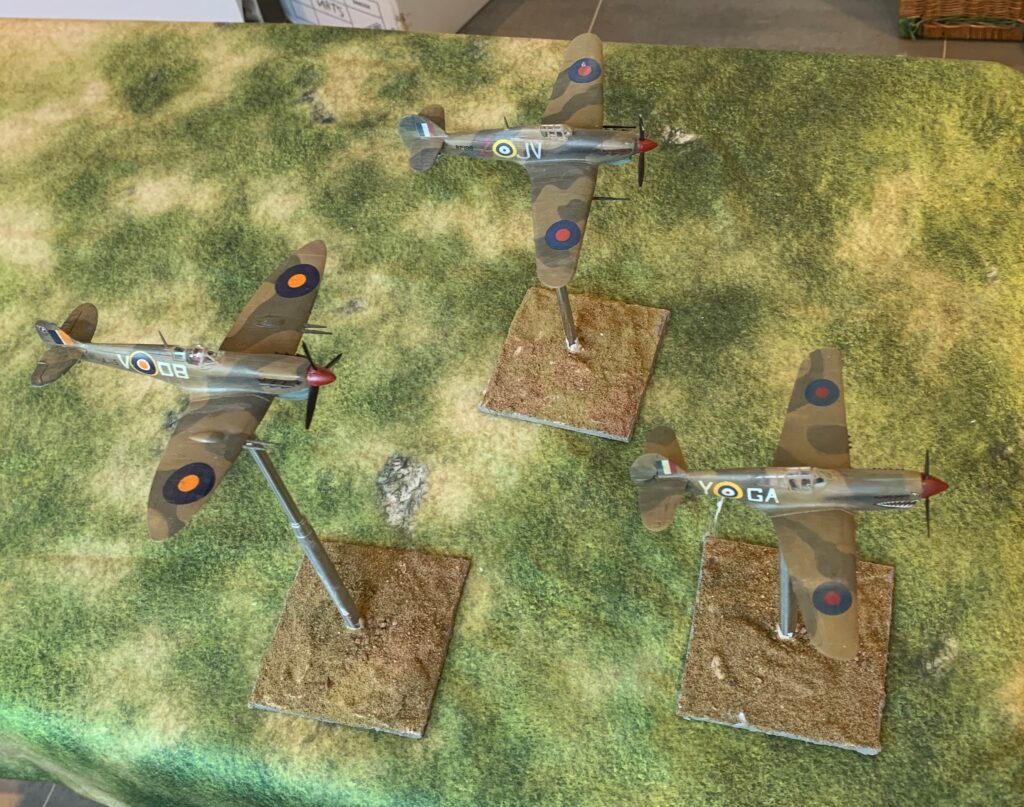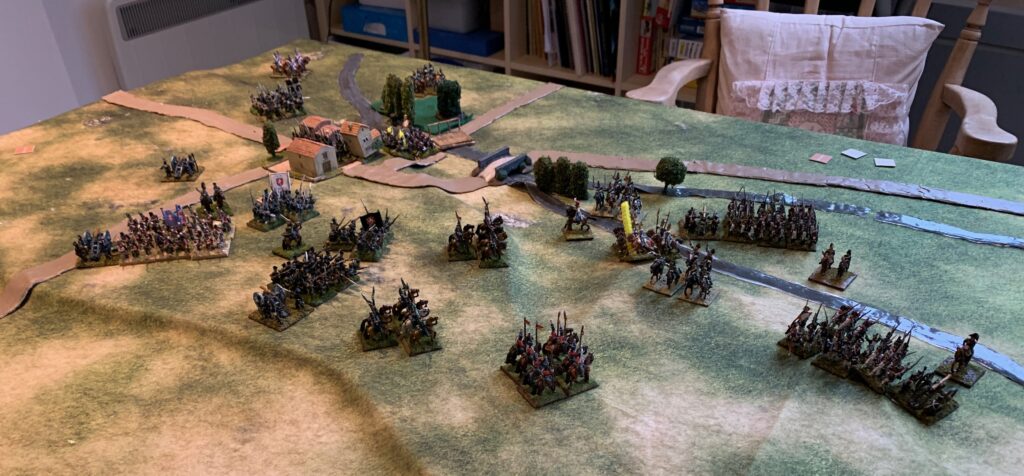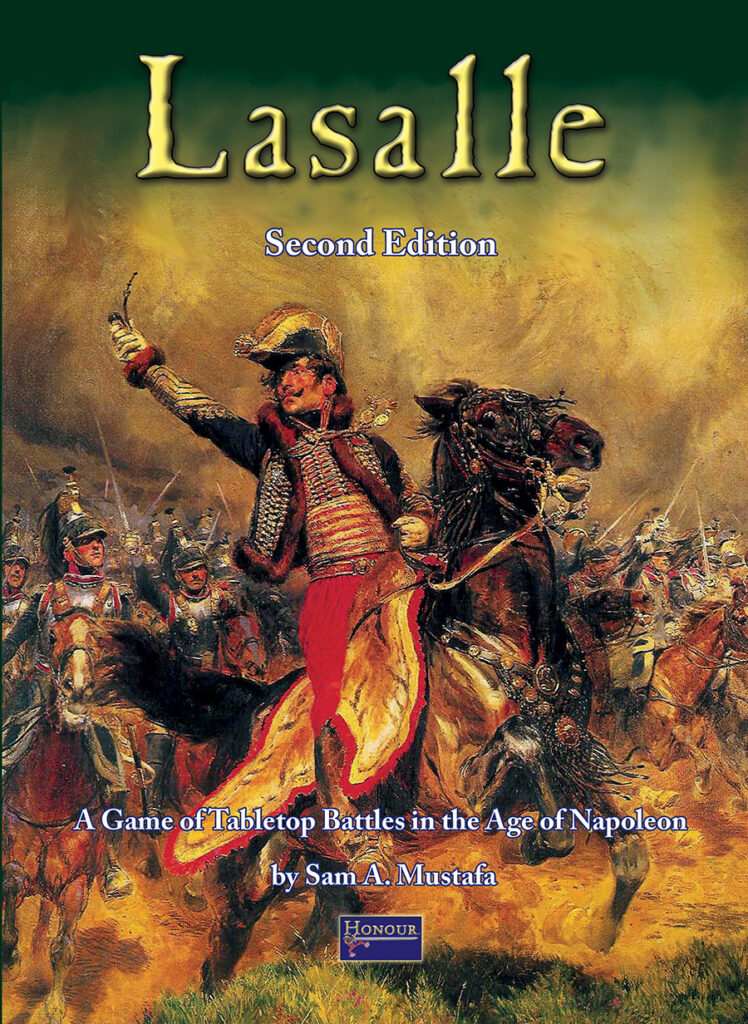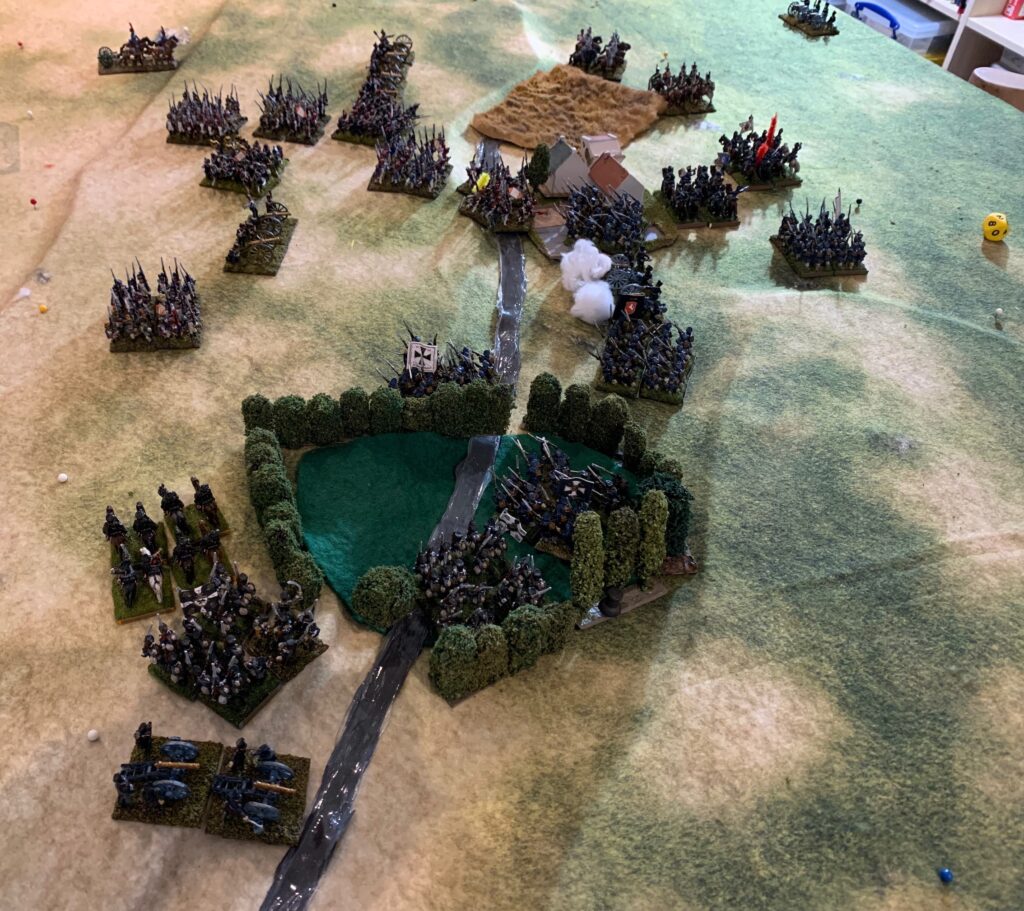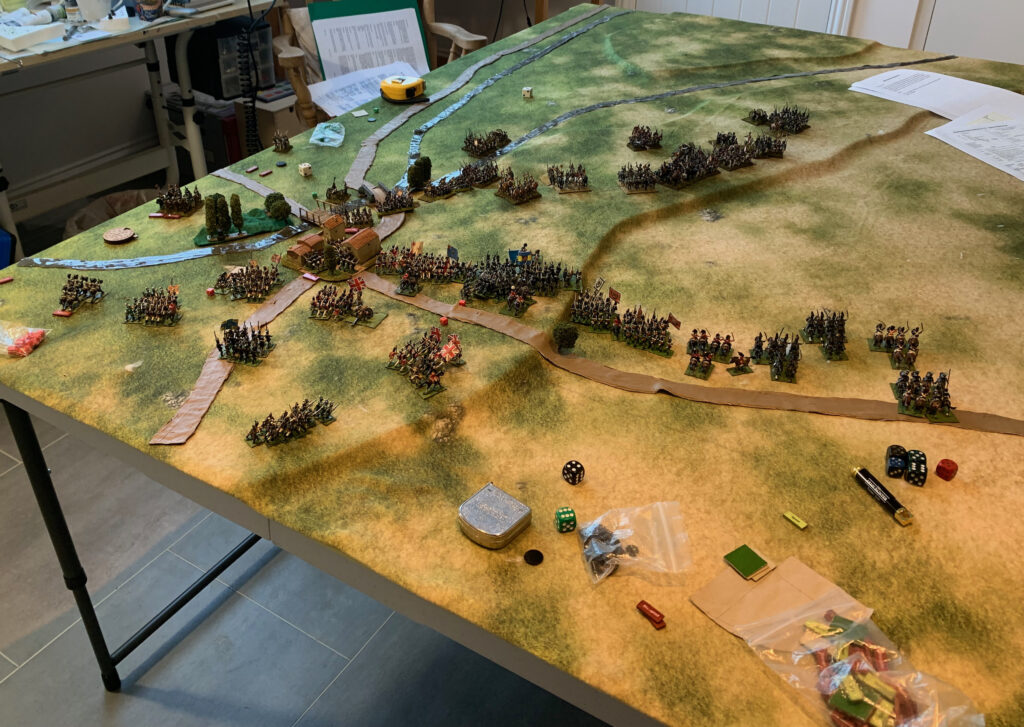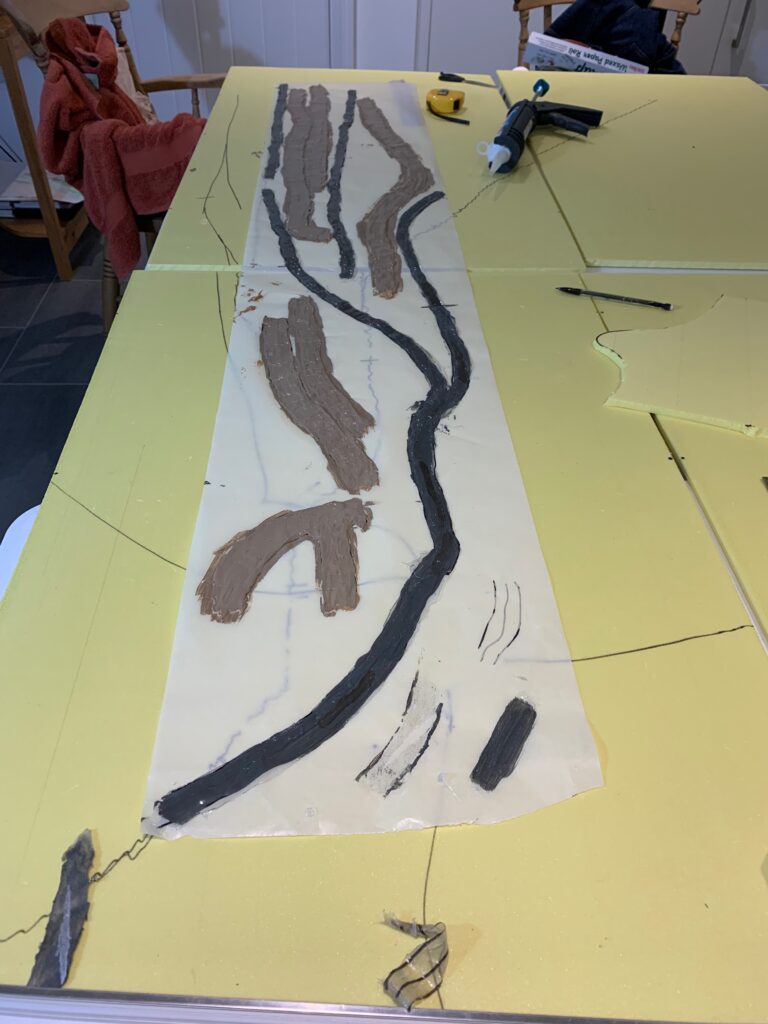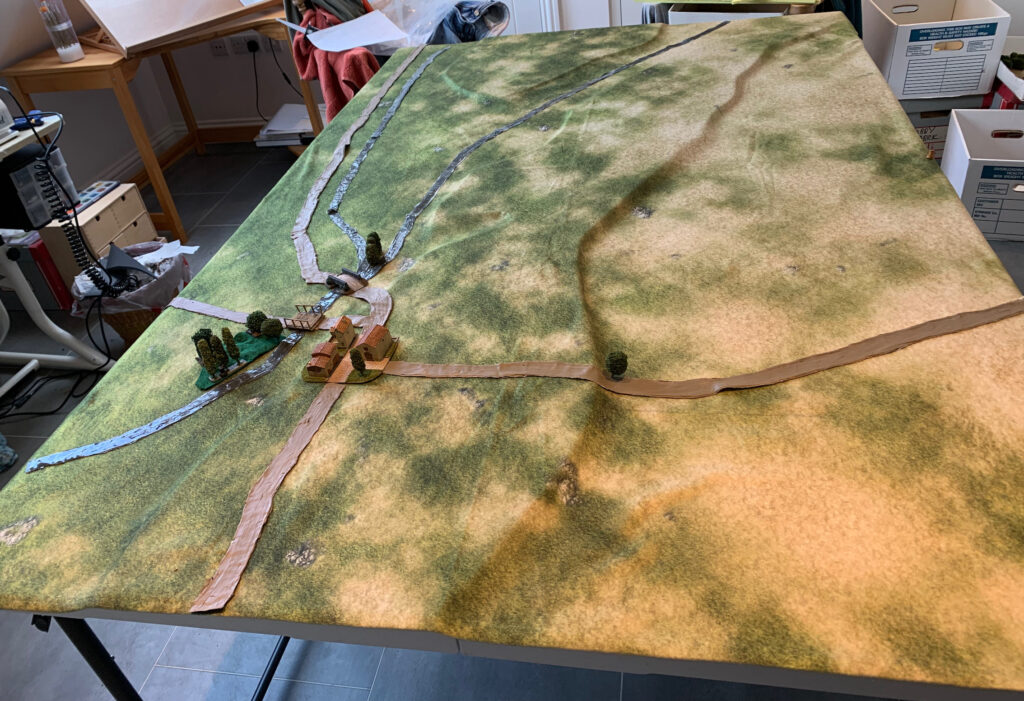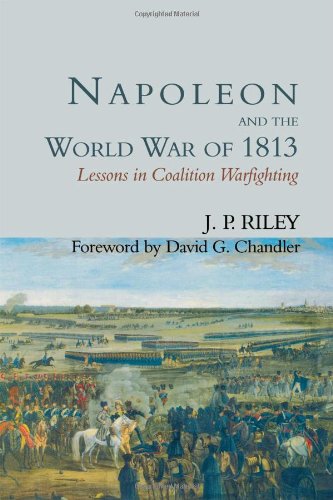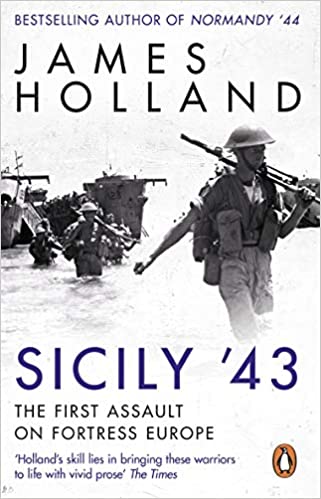The obvious choices for my first RAF models for the 1943 project were a Spitfire V and a Kittyhawk. But I have always loved the Hurricane, and so I wanted one of those too – even though the type was on the way out in Tunisia, and does not seem to have played a significant role in the Sicily and Salerno battles. Hurricanes continued to be used until the end of the war in the Mediterranean, but apparently not in the major land campaigns.
I wanted to do the IID model, which featured two 40mm anti-tank guns underwing, and reduced machine-gun armament (down to two, firing tracer). One squadron of these was in operation in Tunisia (6 Squadron). This squadron played a significant role in supporting the advance of the Eighth Army into Tunisia, providing direct battlefield support by attacking tanks in particular, sweeping through in advance of the ground forces. This makes it particularly interesting from a tactical point of view – since mostly fighter-bombers were used for interdiction behind the lines. The IID was reported to be very effective in this role, and apparently referred to as the “can-opener”. There is actually quite a lot of controversy about how effective aircraft were at tank-busting in WW2 – extravagant claims by the crews are almost never corroborated by hard evidence (notably Typhoons in Normandy, using rockets rather than guns). There is no corroboration for the Hurricane pilots’ claims – though the psychological effect of air attack from tank crews should not be underestimated. The 40mm guns were awkward things, and hindered the aircraft’s manoeuvrability. The calibre (the same as 2 pdrs) was by then obsolete for ground use, but planes had the benefit of extra velocity coming from the aircraft, and the ability to attack from the side or top of the tank. They would have been useful enough against the Panzer IIIs that were the Germans’ main tank at the time. But after Tunisia the RAF used rockets for tank-busting. With battles in Sicily and Italy providing more cover for tanks, tank-busting went out of RAF repertoire. 6 Squadron swapped the guns for rockets, and used their Hurricanes against shipping – upgrading to Hurricane IVs in due course. The high-ups were always sceptical of using aircraft in close support, in spite of army pressure. Interestingly the Germans also used underwing guns of similar calibre, mounted on Stukas, in Russia. Extravagant claims of success were made for them too.
There seemed to be only one choice for for a 1/72 IID, from AZ Model, though a number of others manufacturers do other versions of the Hurricane II. Alas, I found that it was an poor model, especially compared to the Spitfire and Kittyhawk. It is now withdrawn. Starting again I would go for one of the other IIs, and try to model the underwing guns somehow – it is possible that one of the other kits has them, but doesn’t advertise it (there are often parts for other versions included). I have some guns from the Stuka, but I don’t know similar they are. The model often didn’t have proper pins or recesses for the parts to fit together in right place (the two halves of the fuselage had to be glued together free-form – a bit alarming); detailing was weak though perfectly adequate for my purposes. The fit of parts wasn’t great. It came undercarriage down, and without a pilot. The undercarriage doors needed a bit of work to fit into the recesses to model the up position – and I couldn’t make the side struts to the door work at all, so just plugged the gap with plasticine (I’m not stressing on the detail for these models). There were few resin parts, including the pilot’s seat and the radiator. It was very hard to get these off the sprue without damaging them. In fact I lost the seat in the attempt, and had to replace it with a spare from the Kittyhawk. The cockpit was too small for the PJ Productions model pilot I had (I have a stock of these) – so I used the Airfix one form the Spitfire, with a bit of filing, as this was a bit smaller, though not especially nice. The whole interior was quite hard to do. That didn’t matter too much because the cockpit canopy is quite small, and you can’t see much from the outside. I also managed to blur up some of the canopy interior with excess glue. Anyway, I pressed on, and here is the result:
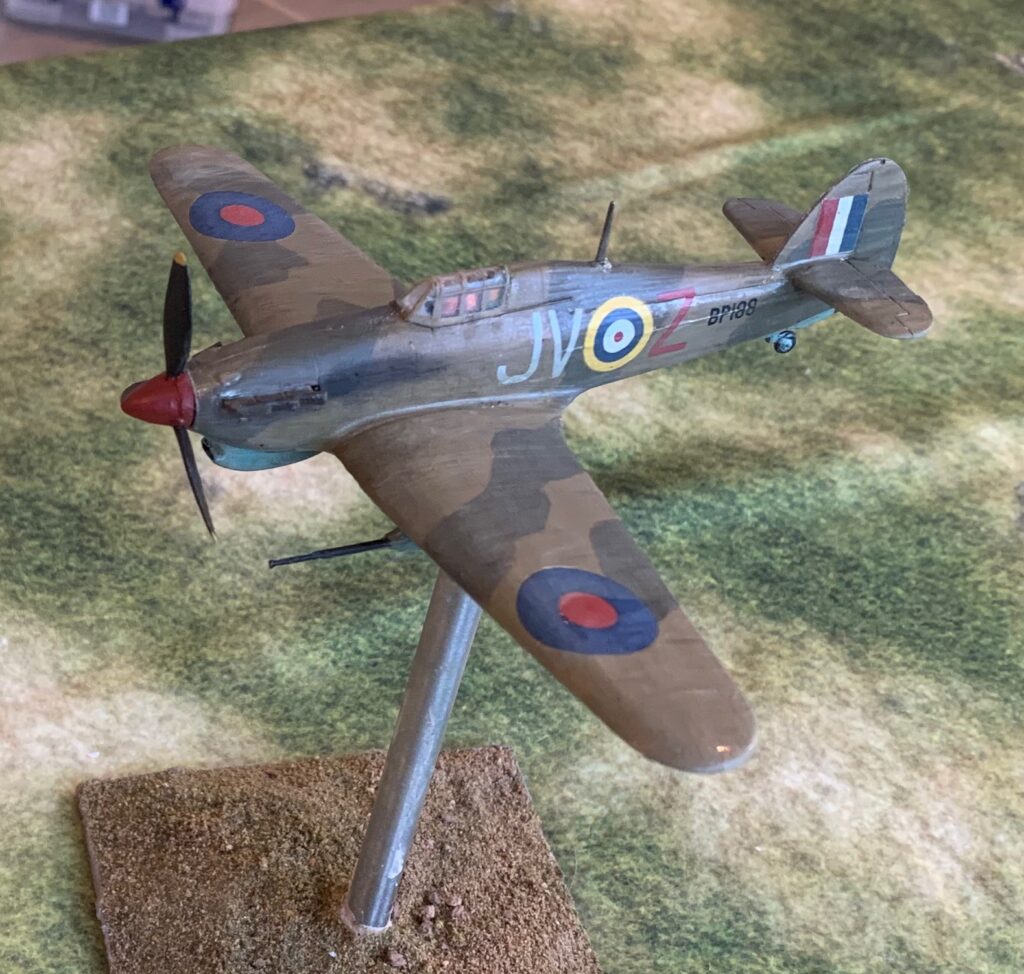
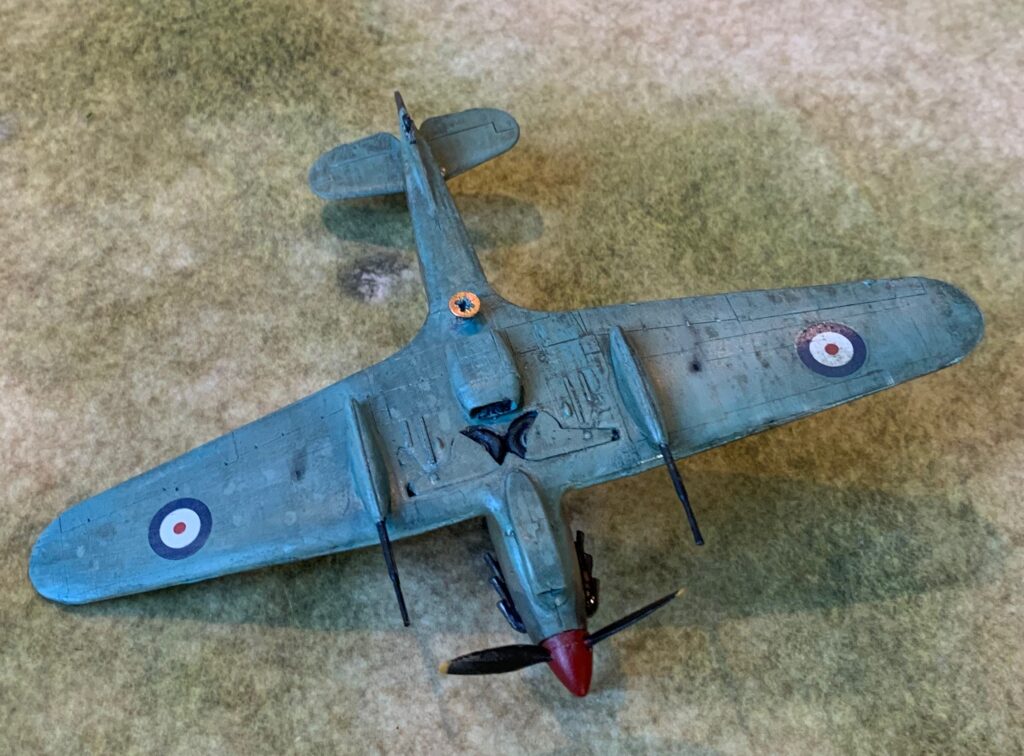
It Is OK considering, apart from the colouring. The underside has been heavily weathered partly because I wasn’t very happy with the underlying paint colour – at once too chromatic and too light. In any case the undersides of the aircraft got pretty hammered from the dust airstrips – though I don’t have a good picture of what they actually looked like.
Here is a picture of the actual aircraft (apparently over El Alamein in 1942):
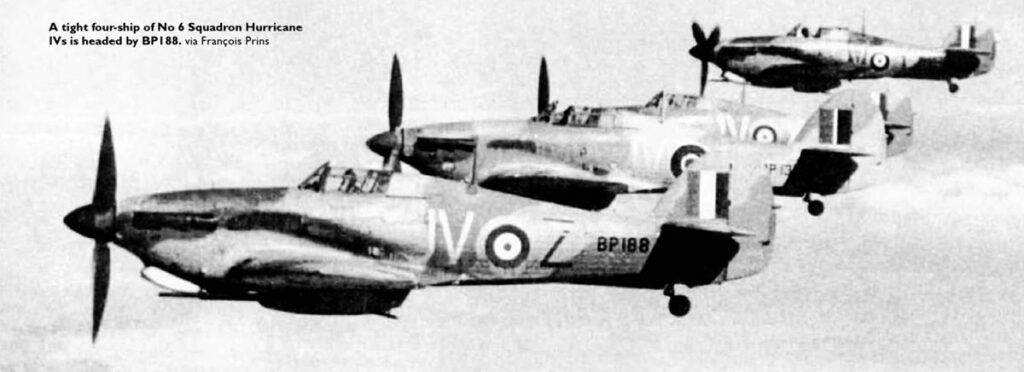
Could be worse! The decals weren’t that great – with lots of flash on the lettering and numbers. The tail flashes seemed too big compared to the box illustration – but seem to fit the photo OK. The exhaust stain should be much bigger. And if this aircraft survived all the way to Tunisia (doubtful), it would have looked even more weathered. In fact two of my supposed 1943 planes turn out to belong to 1942. This is in fact evident from the roundels and fin flashes, which were changed in July 1942. The above photo shows the newer version on the second nearest plane, which gives authenticity to the Alamein date (July to November 1942).
Unfortunately, the more I look at colours on this batch of models, the less I like them! This model will be fine to use on the wargames table, but less for display. But while I will consider doing another spitfire V and Kittyhawk, the hurricane is too minor a player for me to consider doing another one. Still, the model does look like a Hurricane – not particularly beautiful, but iconic.

